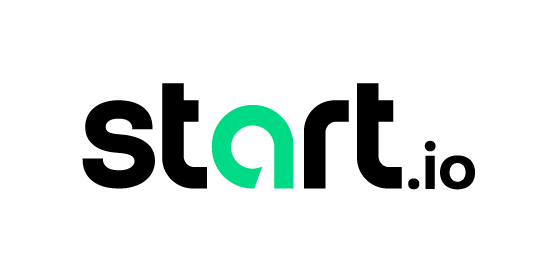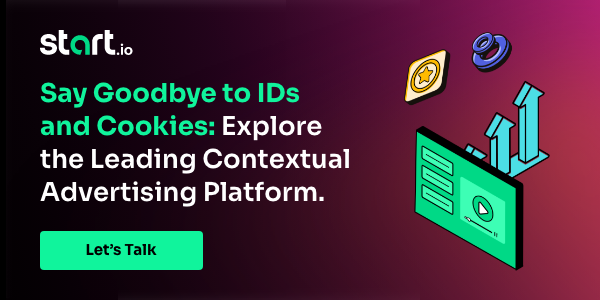Advertisers are laser-focused on the seismic shift happening next year with the deprecation of third-party cookies on Google Chrome. But it’s not just cookies on Chrome – Google’s Sandbox initiative is also targeting mobile signals on Android.
Here’s why that’s important and what it might mean for your business.
Today, mobile advertising SDKs on Android are allowed to collect customer data signals every time a mobile app calls for an ad, subject to the customer’s consent. These include signals like the customer’s mobile advertising ID, location, device type, operating system, mobile carrier, native keyboard language and more.
These mobile signals help companies build large audience segments without using any personally identifiable information, such as names, email addresses or phone numbers. Google’s Sandbox initiative is rebuilding the access infrastructure to those data signals, which will limit third-party data on Android.
In its place, Google will store all customer data locally on the customer’s physical device. Google is giving itself permission to process that data locally, which it will share out on a limited, anonymized basis.
Here are three ways this change will affect your business:
1: Robust ad targeting will be harder
Advertisers are living in the golden age of ad targeting. If a brand needs to find goat farmers living in northern Utah who drive Ford pickup trucks, they can.
Today, advertisers bring their first-party customer data to a data management platform, augment and improve that data with third-party sources, then port that over to a programmatic advertising platform to activate their campaign at scale. It’s fast, easy and highly effective.
When Google’s Sandbox initiative launches on Android, that level of granularity will very likely be limited. Advertisers will need to trust that Google will efficiently serve them audience segments that will lead to customer conversions. Otherwise, they’ll need to invest in direct, first-party data partnerships along with robust contextual targeting.
We anticipate that advertisers will need to deliver a higher volume of ads to find the same conversion rate they’re experiencing today.
2: Lower CPMs for programmatic ads, especially for small publishers
Smaller publishers have historically relied on third-party data brokers to deliver the customer insights that drive high programmatic CPMs.
If advertisers find they need to deliver more ads to achieve the same conversion rate, that could drive down the value of programmatic advertising CPMs, as brands go back to the “spray and pray” method of finding customers.
Small publishers will face tough trade-offs to survive the switch. They’ll need to stuff more ads into their apps and websites, explore other ways to monetize, put more content behind sign-up walls or consider some combination of all three.
Any of the above could negatively impact customer retention, particularly if programmatic ad quality declines. If you’re a smaller publisher, build and test your contingency plans now.
3: Higher CPMs for walled gardens
The silver lining in all this is that first-party data will continue to be worth its weight in gold. The problem? The only companies with robust first-party data typically lock up access to that data behind massive walled gardens.
Google, Meta, X, Amazon and other brand-name publishers are large enough to build their own audience segments. Meta knows exactly how many goat farmers there are in northern Utah, and chances are, they’ve already created a Facebook group for themselves.
If advertisers are finding low conversion rates on programmatic platforms, they could shift more of their spending toward walled garden platforms.
That’s a problem for advertisers, who are increasingly finding that the downside of walled gardens is their lack of transparency.
Plan for first-party data
The big takeaway: Build out your first-party data plans now.
If you’re an advertiser, figure out how much of your programmatic ad spend relies on third-party data. Build a plan that imagines third-party data has disappeared completely, and A/B test whether conversion rates suffer. If necessary, invest in your company’s first-party data capabilities.
If you’re a publisher, your ability to process first-party data will be crucial. Post-cookie, the industry could shift toward supply-side data, with publishers offering up audience segmentation themselves. If you can, invest in alternative revenue streams and test whether they negatively impact customer retention.



















